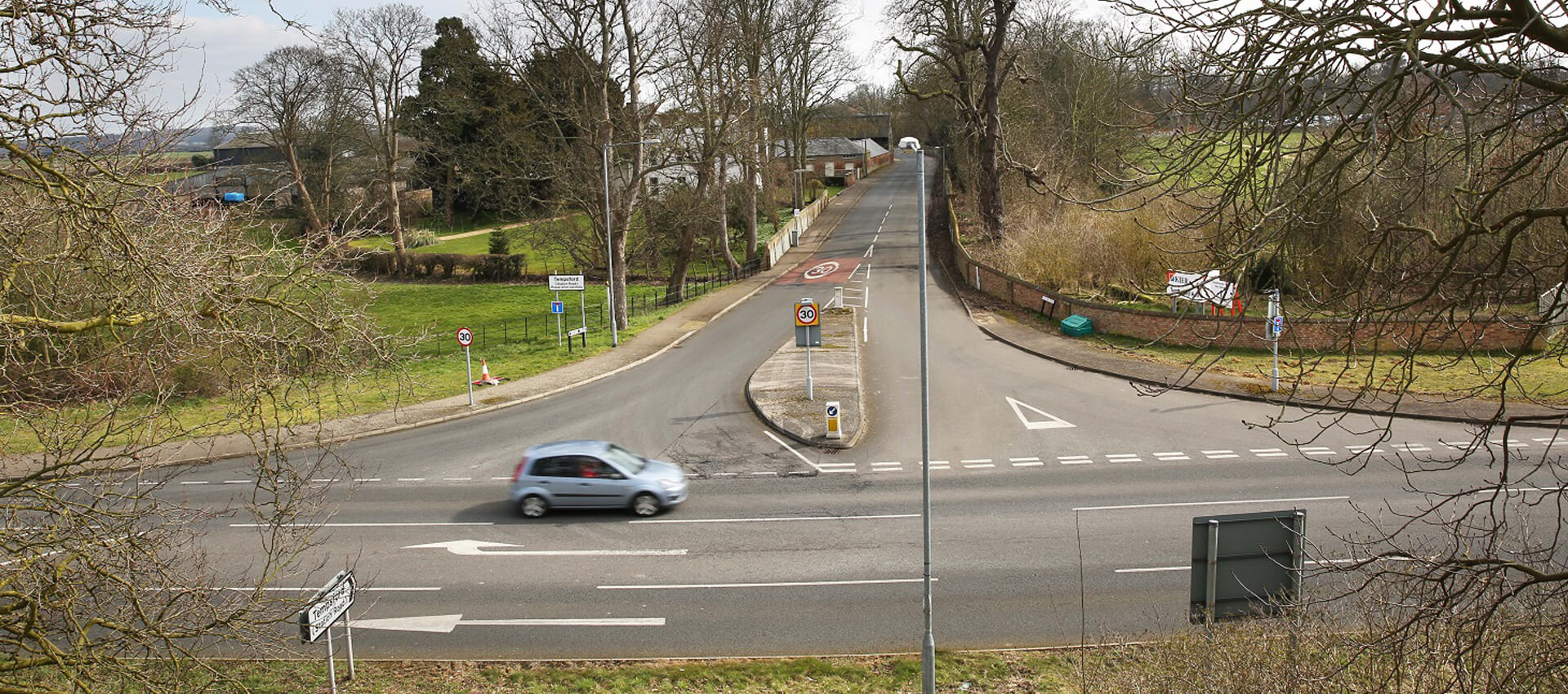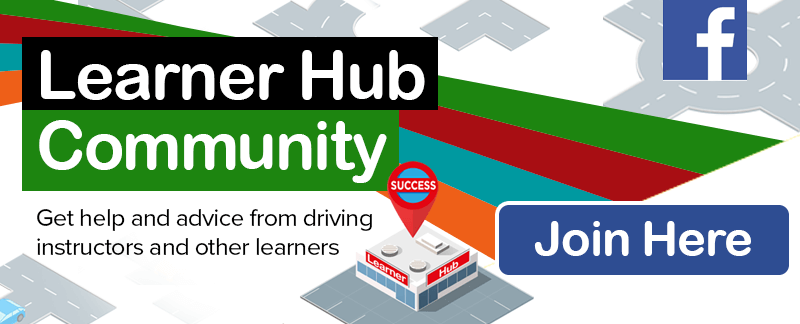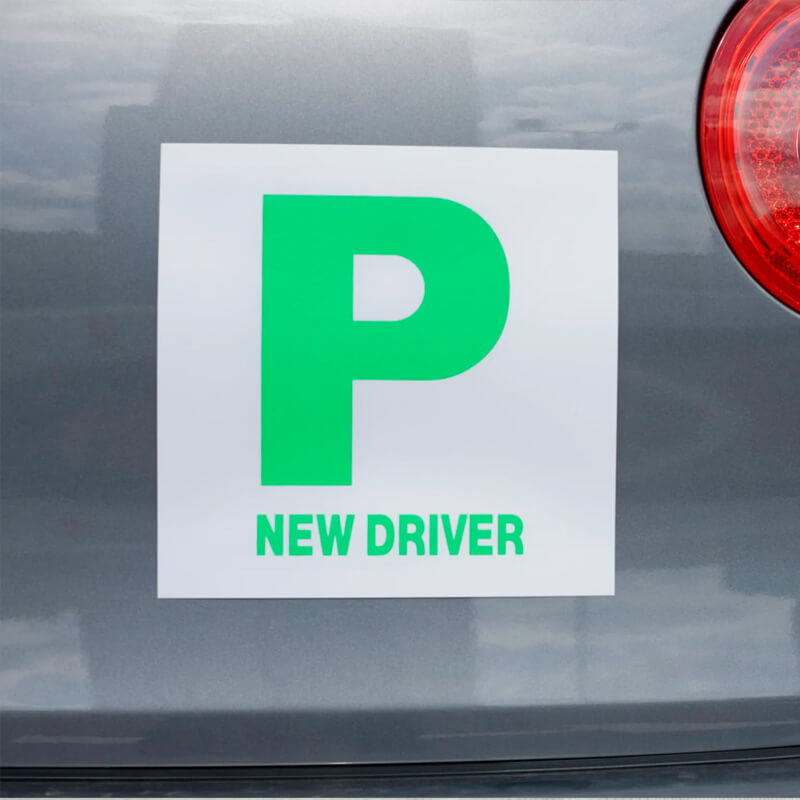Know your T Junctions

How to approach and negotiate T Junctions when learning to drive
As with all junctions, when you approach T Junctions you will use the Mirrors, Signal, Position, Speed, Look routine (MSPSL).
Things to remember…
How you should use the MSPSL technique:
- Good use of mirrors;
- signalling at the correct time;
- adopting a correct position for the turn;
- speed of approach and selecting correct gear;
- good observation on approaching the junction. Is there a clear view of the main road? Is the junction open or closed?
Make sure you pass the Theory Test first time by using the Driving Theory Test 4 in 1 App
For only £4.99, this app for iOS and Android devices contains everything you’ll ever need to pass the test!
Turning left at T junctions
At approximately 10 car lengths from the junction, you should begin your routine.
- Check mirrors, centre and left mirrors.
- Signal to the left, (if there is another side street before the desired junction, then give the signal after that so as not to confuse others).
- If the road width allows it, position 1 metre from the left kerb, and reduce your speed with the use of the brake. If the road is very narrow then keep to the centre of the lane. If parked vehicles obstruct your position, then try to adopt as normal a position as possible.
- Give way to any pedestrians crossing at the junction.
- As you approach, take note of any obstructions and any parked vehicles on the new road. At or just before the line at the end of the road, slightly turn your steering wheel to the left, in preparation for the left turn.
- Is the junction closed (bad view) or open (good wide view). Can you see clearly or are there buildings/trees/parked vehicles in the way?
- Closed T Junctions – If your view is closed, then stop at the give way sign and evaluate the new road. You will have to change to 1st gear and using your clutch and brake control, pull out very slowly, checking all the time until you can emerge safely.
- Open T Junctions – If your way is open and clear, and you can see that it is safe to pull out, then you can change to 1st or 2nd gear and keep moving out onto the new road.
- STOP Sign – If the sign says STOP, then completely stop your vehicle at the line. Stop means Stop! Once you have checked it is safe to proceed, then you may do so. Your wheels must stop turning for it to be a stop – not just moving very slowly, this will not do.
- When pulling out into moving traffic, make sure that you are able to do so and pull away safely without causing the traffic to stop, slow or swerve. Always check mirrors once you have pulled out to monitor the traffic behind, so you can keep pace. Ensure your signal is cancelled.
Turning right at a T Junctions
For turning right at a T Junction, you should follow the same instructions as for turning left, use the Mirrors Signal Position, Speed and Look routine, but with a bias to the right!
- Mirrors, check centre and right mirrors, look for vehicles overtaking you.
- In good time signal right. Watch for side streets to the right and time the signal so as not to confuse other road users.
- Position to the right, or use the right turn lane (if there is one), keep your wheels straight as you reach the white line (give way or stop). If the road is very narrow, then use the centre of the lane, as with the left turn, only this time, keep your wheels straight. This is because you will need to move forward straight and towards the middle of the new road to clear the first lane before you need to steer – to do so too early will cause bad positioning or dangerous positioning on the new road. Extra care should be taken when turning onto multiple lane roads, and dual carriageways. Conversely, if the new road is very narrow you will need to adapt your steering accordingly.
- Stop or pause at the line, depending on what you see as you approach. Is it a closed junction or an open junction? Do you have to pull out slowly (peep and creep) using clutch and brake control, or are the conditions favourable for you to simply move out onto the new road? Which gear will depend on what you see, and what you plan to do; fully stop or keep moving out slowly. Whatever you do, you must do it safely.
- At the end of the road, you will have to pull out of the junction and possibly into moving traffic. Always make certain that you can pull away across the first lane, and into the far lane, and make progress without causing following traffic to slow, swerve or stop. Adopt your normal driving position.
- Always check your rearview mirror a couple of times, to better estimate the speed of any following traffic. Adopt a safe driving line and ensure your signal has been cancelled.
If you are on or are moving into, a one-way-street, then you may position fully on the right, as per the general rules of a one-way-street.
Be careful that you know whether or not the road you are turning into is a one-way-street as getting this wrong could see you driving against the oncoming traffic!
Join our Learner Hub community on Facebook for more advice and help from other learners just like you!




